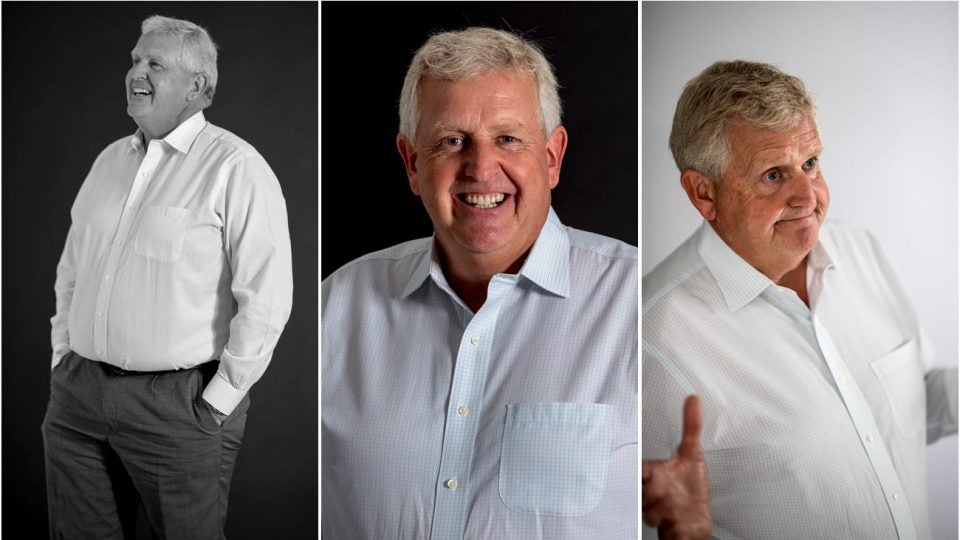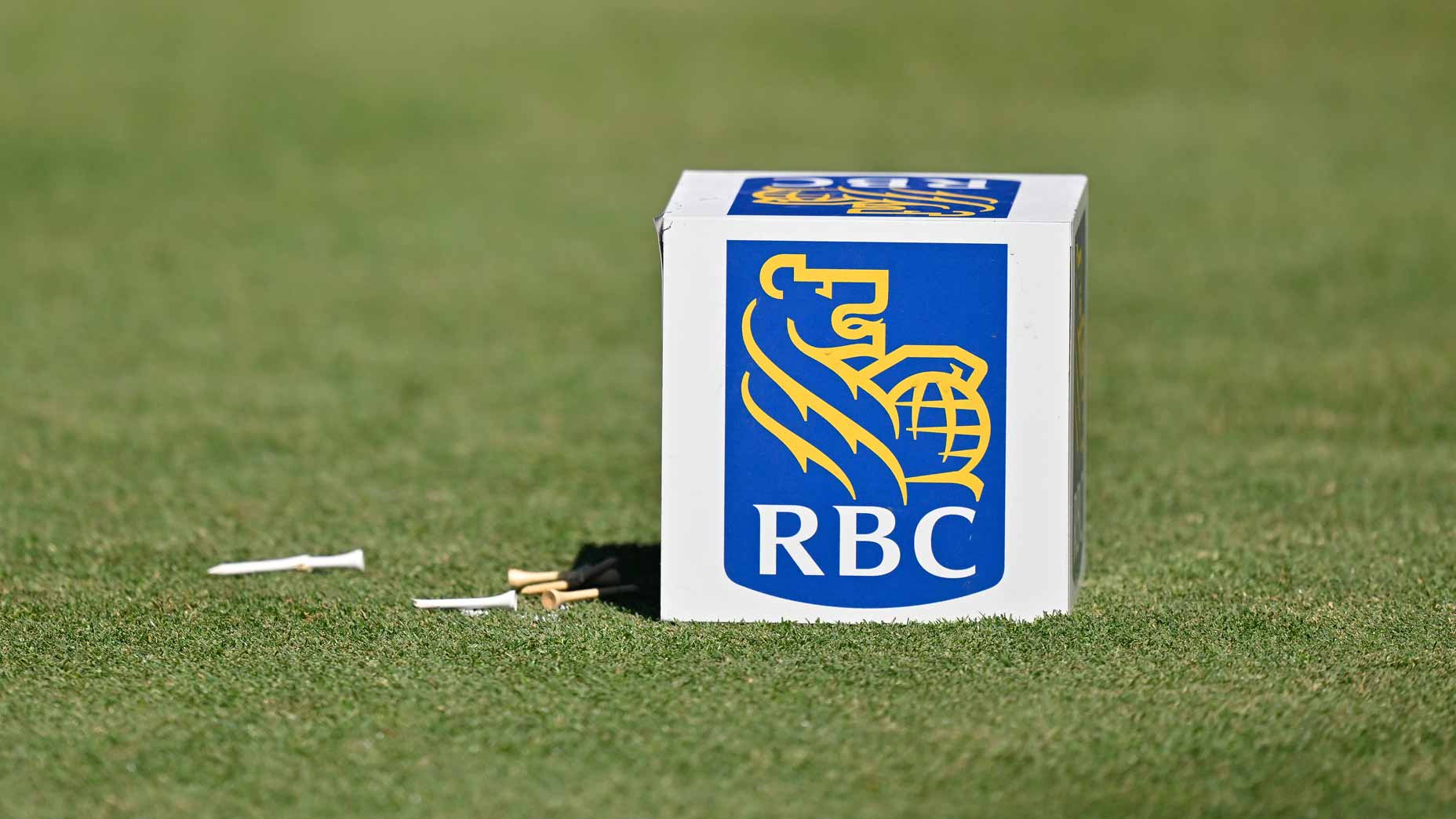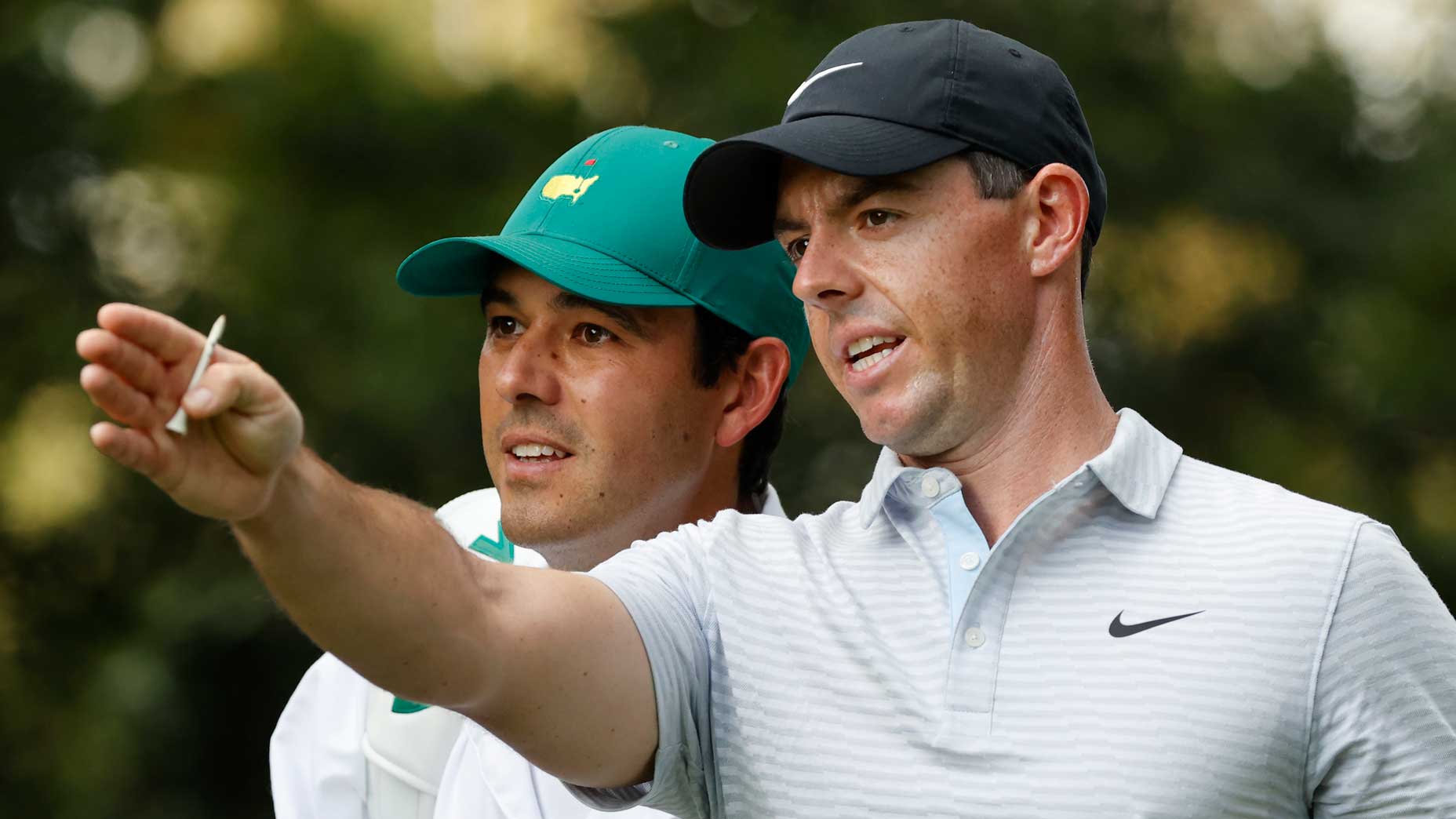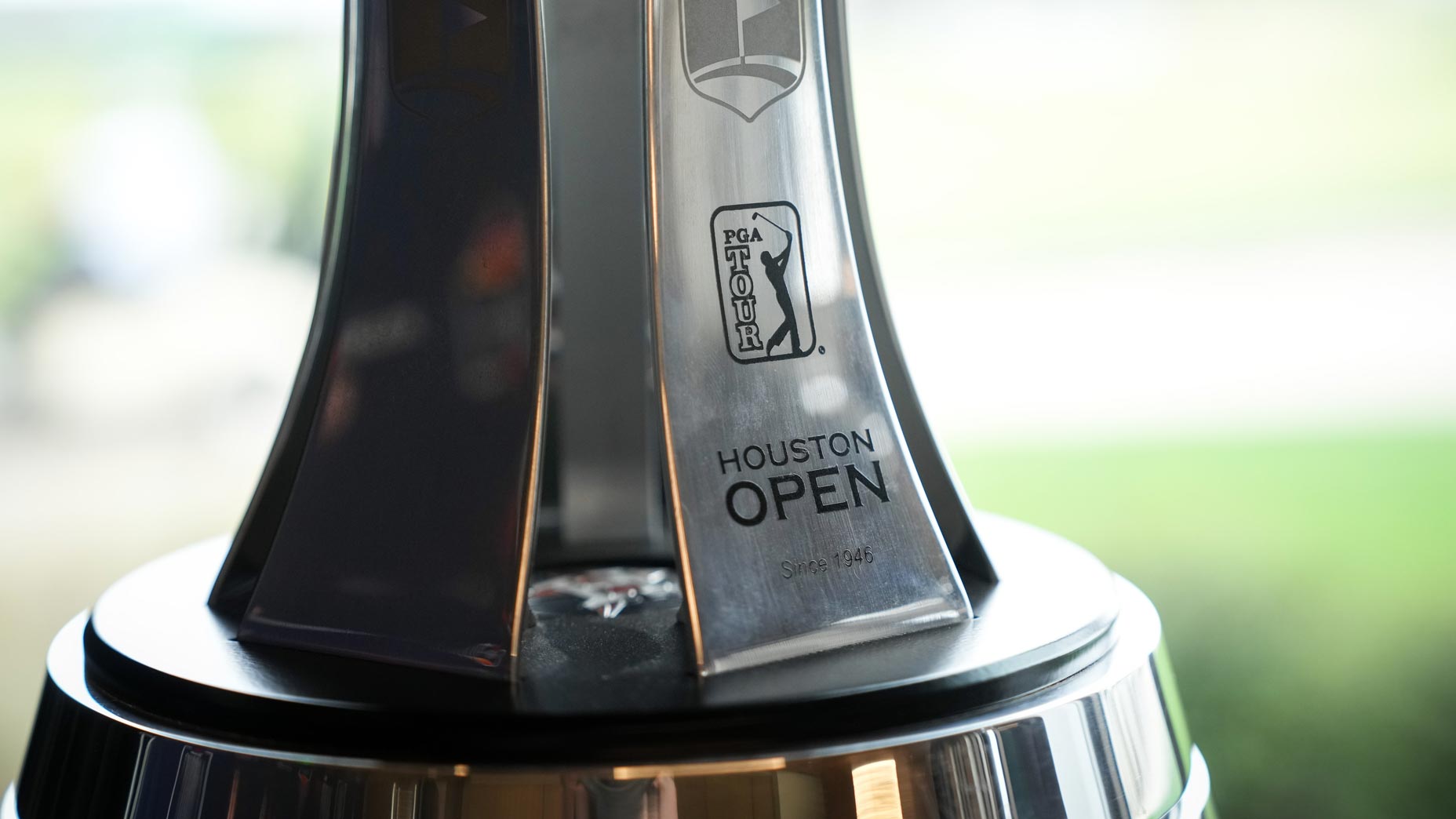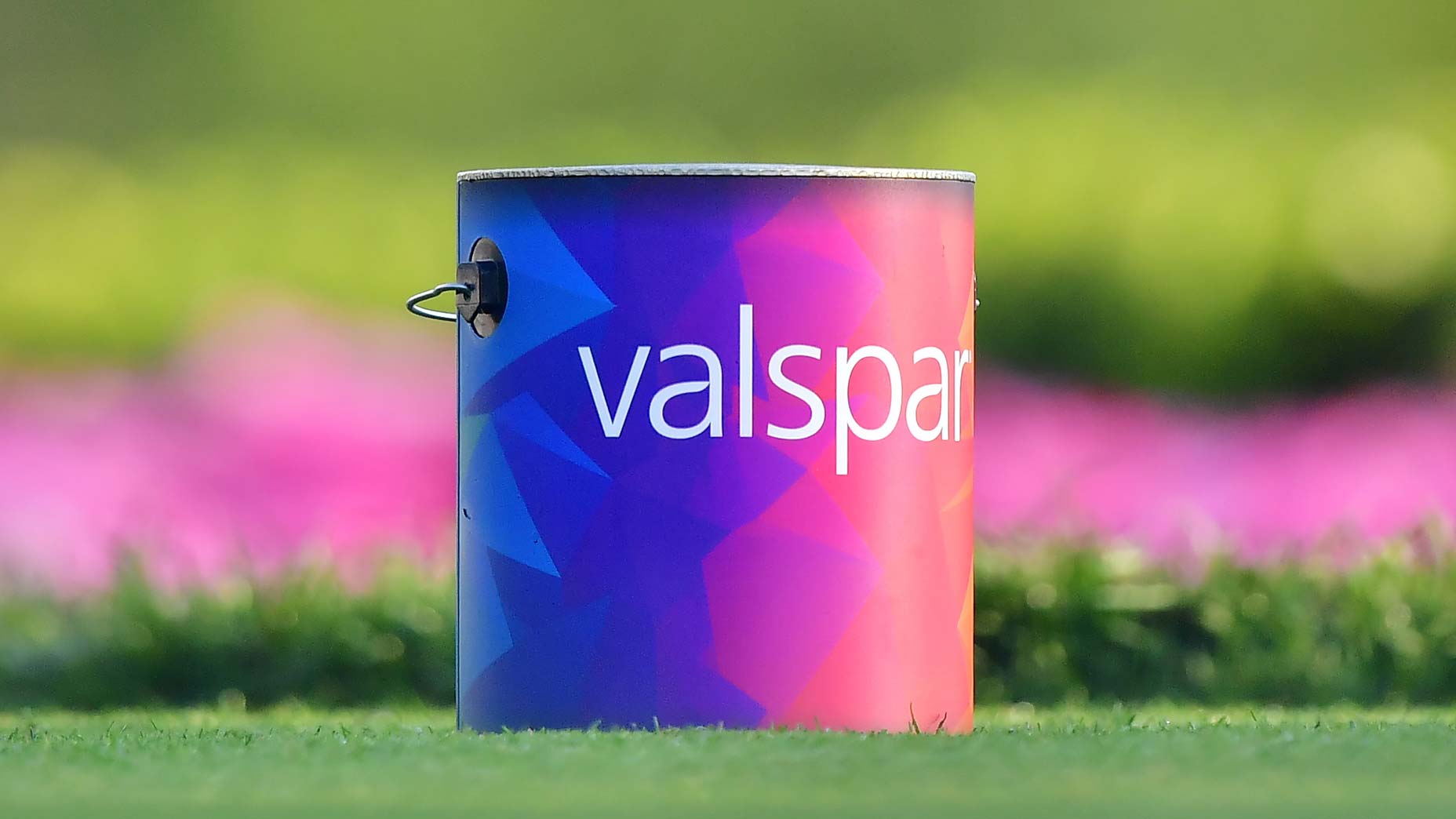With the U.S. Open in the rearview, Colin Montgomerie stopped by the GOLF.com office in Midtown Manhattan as part of a promotional tour for Loch Lomond Whiskies, which announced earlier this year that it will be the official spirit of the British Open through 2022. (A special Carnoustie edition will be released later this month.) Monty discussed the Phil Mickelson U.S. Open controversy, the upcoming British Open and Ryder Cup, and what he loves — and hates — about New York City.
Afterward he also took your questions live on Twitter, which you can watch below.
We’ve got Colin Montgomerie with us today. He’s here to take your questions…while doing a photo shoot! Ask away! https://t.co/40IRLl9I1M
— GOLF.com (@GOLF_com) June 19, 2018
Let’s start with last weekend’s U.S. Open. What was your reaction to the Mickelson situation?
Controversy sells, doesn’t it? Unfortunately it’s a controversial incident. I’m sure the two bodies involved – Mickelson and the USGA – wish it wouldn’t have happened. It happened initially because the USGA got it very wrong, with where they put the pin positions on 13 and 15 on Saturday. He came to 13 and he had a problem. Knowing Phil the way I do and calling Phil a friend, he would love that minute of his life back again. It’ll take a while to get it back. It’s brought on a whole different area – the legality of it, the rules. 1-2 says you can’t hit a moving ball, and I think it was [14-5] that says you can’t deflect it. Well, if you hit a ball, you’ve deflected it.
Did they apply the right rule? Or should Phil have been DQ’d?
It’s very gray. They managed to get around it enough to say it wasn’t a DQ. It was right on the edge. Possibly because it was Phil Mickelson, it wasn’t a DQ, if you know what I mean. Difficult situation. Curtis Strange asked him very tough questions when he finished and Phil was right there with him. Phil was trying to justify it, wasn’t he? He was trying to justify that – “Well, look, I know the rules, I can take a two-shot penalty and I’ll be better off.” You think, “Hang on. No, no, no. Don’t say that.” Just say, “I lost my head. I lost my head completely because it was crazy out there. I’m sorry.” And move on. And I don’t think we’d be talking about it today if that was case.
Ever been so frustrated at a U.S. Open that you thought about taking a swipe at a ball while it was in motion?
I don’t think that’s ever been in the realms. I’ve have balls come back to my feet. I’ve had them go over the back of the green. I’m not as quick as Phil so I couldn’t catch the ball. [Laughs] But at the same time, no, I’ve never felt that. I’ve been frustrated, yes, with the USGA’s positioning on certain formats, with getting a course in position where level par wins. Trying to control the scoring nowadays is much more difficult than it used to be. Now, controlling the score to level par is the problem here. You’re going to have to set up the golf course right on the edge, and that’s what the USGA does.
Did the USGA take Shinnecock over the line?
Chambers Bay was, Oakmont was. And 2004, the last time Shinnecock was played it was over the edge when they were watering green between groups, which had never happened before. I think the USGA will sit down and have their committee meetings and say “All right lads, forget this level par winning this tournament. Forget it. Let the best score and the best player win, whatever the score might be.” The Open Championship did it about 20 years ago, they decided they weren’t going to have a Carnoustie again in 1999, where it was unfair and luck played a huge part in it. They said, “We’re trying to produce the best player for that particular week.” And that’s what the USGA should do. If it’s 10 or 15 under to win, best of luck to them. But to try to control it to level par is very dangerous nowadays. You’ve got set up the course right on the edge and I don’t agree with that.
But the U.S. Open is supposed to the toughest test. Wouldn’t softening the setups diminish this event and strip it of its identity?
I’m not saying don’t make it challenging and don’t make it the toughest test. You can still do that by making it fair. What was wrong on Saturday is it wasn’t fair. There was too much luck involved.
But luck is also part of tournament golf, right?
You need a bit of luck, of course you do. Never have I held up a trophy and said, “Golly, I was unlucky. Look at this trophy, I was really unlucky.” You’re always a part of luck. What Zach Johnson was saying last Saturday is that there was too much luck involved. So, make it the toughest test in golf, but make it fair.
But if you don’t push it far enough, then you get Erin Hills last year, where 16 under wins. Did that feel like a U.S. Open?
Erin Hills wasn’t a great course. It wasn’t suitable for a U.S. Open. It was just a bomber’s paradise. At least Shinnecock is a fantastic golf course, set up badly by the USGA on Saturday.
One other aspect of this U.S. Open that perhaps went to the edge was fan behavior. Ian Poulter was among the players who took some abuse. You had your own tough times at U.S. Opens. What’s it like to play when the fans are against you?
It’s difficult. I remember 2002 when we arrived at Bethpage Black, they had the “Be Nice to Monty” badges, because I was a Ryder Cup threat at the time. Yeah, every shot Ian Poulter hit there was “U-S-A” or what have you. But New York is different than L.A. It’s different than Texas. They tend to be a little bit louder. Boston we found that Brookline in 1999 as well, when it got a little bit out of hand. Yes, you’ve got to put up with it, you’ve got to expect it. Ian got the percentage of abuse, unfortunately. But he’s strong and he did well to cope to a degree. I think it got to him eventually on Sunday, when every shot he hits you see, I hate to say, drink plays its part and they want to be heard. But it’s not easy, playing away from home. I found it in the U.S. Opens as well. You’ve got to be tunnel-focused and your caddie has to play an important part in keeping you on a level keel. It’s so easy to turn around and say something you totally regret. And immediately afterward you said, “What the hell have I done that for?”
You ever do that?
I did once. Congressional, 1997. I was leading Congressional at the U.S. Open and turned around and said something to a spectator. And I regretted it. You’ve just got to be strong. And I was strong from then on. But it’s amazing how that two-second issue caused a problem for a number of years. You’ve just got to be extra strong playing away from home.
Speaking of a home game, looking down the road, the Ryder Cup is a home game for your European side. Meanwhile U.S. players keep winning majors.
The one advantage we have is of course we’re playing at home. The advantage America have is they keep winning the Presidents Cup. They’ve won the last five majors, and the TPC. So, that’s not great from a European standpoint. But, in Thomas Bjorn’s favor is we’ve got four guys that have come into this team and will be playing in France. You’ve got Tyrrell Hatton, Tommy Fleetwood, Jon Rahm and Paul Casey. That’s a third of the team. You add that third of the team – although some will be rookies, they are also potential major-winners. But that’s a third of the team that’s new and strong. You add that lot to the Stensons and McIlroys and Roses of the world and that’s very positive. And we’re playing at home. And we have this superb record of playing at home, where we haven’t lost a Ryder Cup at home in 25 years. It’s a record we’d love to preserve. We still fancy our chances.
So should Europe be the favorite?
I think on paper, always, you look at the world ranking position, and America goes into these Ryder Cups as favorites. Number 20 should beat number 26, or 18 should beat 30. And that might happen over a year of golf. But for one round, 30 can beat 18, maybe half the time. That’s why it’s so close, and that’s why we do better than maybe most people might think we do. And being at home is huge. There will be big French support and big European support in Paris. Let’s hope, as a fervent European, that we can do it. It’s not going to be easy.
Next to us here at the table is potentially a secret weapon for the European home crowd.
Absolutely! (Laughs) Come on now, they don’t need whisky to fill them up (laughs). But I’m a proud ambassador this year and the next five years that we have affiliation with the Open Championship. We’ve now become the spirit of the Open, and it’s a great affiliation. It’s two of our greatest exports, really. We export golf very well. We’re the only nation in the world that we can classify ourselves as our national sport being golf. And also our scotch whisky is sold everywhere worldwide. And as sales go forward here in America, the biggest market in the world, we’re looking forward to the success.
Looking ahead to the British Open, Dustin Johnson is currently the betting favorite. Is he yours?
DJ got very unlucky at Shinnecock Hills. He played in the last group on Saturday when the course was becoming as difficult as it ever was. You saw Tony Finau and Daniel Berger scoring 66 in the morning, and Dustin Johnson, the best player in the world, shoot 77 in the afternoon. There’s 11 shots. He got very unlucky. Let’s hope it’s a fair test of golf from morning to afternoon that Saturday and Sunday. Playing last is never easy. In saying that, I think Carnoustie is going to be set up very similarly to Shinnecock.
How so?
We’ve had a very dry spring and start of summer in Scotland, so the ball is fast-running as it was in Shinnecock. There will be a lot irons played off the tees. Although the greens will be slower because of the slopes and wind, it’s a very similar style of play. You look at the top 10 names that finished at Shinnecock, you’d expect a number of them to finish in the top 10 at Carnoustie as well.
Is Carnoustie really “Car-nasty,” the toughest Open venue?
It’s the toughest by two shots per round. I think the next one to it could be Troon or Birkdale, but they’re scoring 62s or 63s around that so you never know. Wind is the key element at these links courses. I truly believe Carnoustie is the best of the bunch as a test of golf.
We’re having this chat in our office in New York. What do you most enjoy about our fair city?
New York’s a world city isn’t it? It’s great. It has an emotional, romantic feel about it. It’s got everything about it. Everything.
And since we’re here, I’ll give you a chance to complain like a New York sports fan. Your least favorite thing about NYC?
I wish they’d take away the trash a little bit quicker than they do!
Trust me, we do, too.
But it’s just a place that’s alive. It’s a fantastic place. Coming in from the airport last night at 11 o’clock at night, the traffic was extreme. It was busy. It was alive. However many places you go to worldwide, that skyline – Manhattan – springs a connotation of the world’s city that it is. It’s brilliant.



